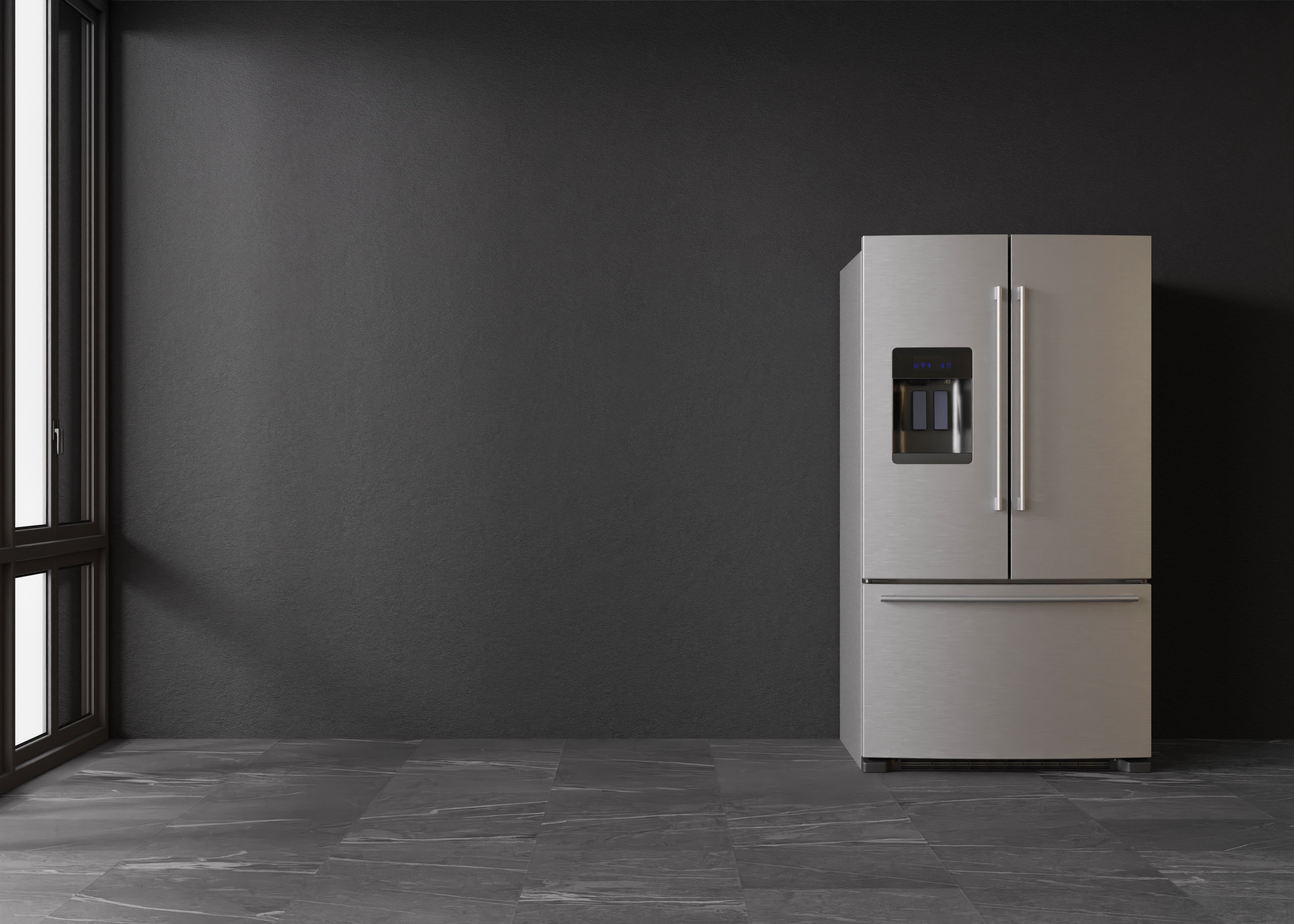What's The Fuss About Fridges And Freezers?
Understanding Fridges and Freezers: The Essential Kitchen Appliances
Refrigerators and freezers are 2 of the most important home appliances in contemporary cooking areas. These devices serve a crucial function in food preservation and waste reduction by making sure that perishable products stay fresh and safe for intake. This short article explores the various kinds of fridges and freezers, their functionalities, and essential factors to consider for selection and upkeep.
Kinds of Refrigerators
The market offers a range of refrigerator types, each created to satisfy various customer requirements. Below is a list of the most typical kinds of fridges:
Top-Freezer Refrigerators
- Most common type.
- Freezer compartment is situated above the refrigerator area.
- Typically more cost effective and energy-efficient.
Bottom-Freezer Refrigerators
- Freezer is located at the bottom.
- Enables simpler access to fresh items at eye level.
- Typically features pull-out drawers for better organization.
Side-by-Side Refrigerators
- Refrigerator and freezer sections are nearby.
- Ideal for narrow kitchens and enables simple access to both compartments.
- Typically features water and ice dispensers.
French Door Refrigerators
- Integrates a bottom freezer with double doors at the top.
- Deals sufficient storage and trendy styles.
- Often consists of functions like temperature-controlled drawers.
Compact Refrigerators
- Smaller size perfect for restricted spaces.
- Typically utilized in dormitory, small apartment or condos, or as secondary fridges.
Table 1: Comparison of Refrigerator Types
Type
Benefits
Disadvantages
Common Size
Top-Freezer
Inexpensive, energy-efficient
Less practical access to the freezer
14-30 cu. ft.
Bottom-Freezer
Easier access to fresh food
Freezer can be more difficult to arrange
19-30 cu. ft.
Side-by-Side
Easy gain access to, water/ice dispenser
Narrow vs. storage space
22-30 cu. ft.
French Door
Elegant, roomy, arranged
More expensive
20-30+ cu. ft.
Compact
Space-saving, portable
Restricted storage
1.7-5.5 cu. ft.
Types of Freezers
Freezers are a similarly important device for food conservation. They come in various designs created to fit different home needs. Consider the list below types:
Upright Freezers
- Operate like a standard refrigerator with vertical storage.
- Much easier to organize with shelves and compartments.
Chest Freezers
- Large, horizontal style typically using more storage area.
- Maintains temperatures better during power interruptions.
- More energy-efficient than upright models.
Portable Freezers
- Compact systems ideal for outside activities or little spaces.
- Often used for camping journeys or as momentary storage.
Table 2: Comparison of Freezer Types
Type
Benefits
Disadvantages
Common Size
Upright Freezer
Simpler to arrange
Less energy-efficient, more flooring space
5-20 cu. ft.
Chest Freezer
Holds more items, energy-efficient
Harder to organize
5-25 cu. ft.
Portable Freezer
Compact and versatile
Minimal storage capability
1-10 cu. ft.
Key Features to Consider
When choosing a fridge or freezer, consumers must bear in mind several features that can improve performance:
- Energy Efficiency: Look for designs with the ENERGY STAR certification to save money on electricity costs.
- Storage Capacity: Evaluate storage needs based on household size and eating practices.
- Temperature Control: Some devices use digital controls for accurate temperature settings.
- Adjustable Shelving: Customizable shelving permits optimal company.
- Water and Ice Dispenser: Offers benefit but can use up important space inside.
- Sound Level: Sound scores can influence comfort, especially in open-concept homes.
Pros and Cons of Having a Fridge and Freezer
While fridges and freezers are vital innovations, they also have specific advantages and downsides:
Pros
Cons
Maintain food life-span and decrease waste
Require regular upkeep
Enable bulk buying and meal prepping
Can be expensive to buy and run
Offer convenience and fast access to food
Occupy significant cooking area area
Maintenance Tips
To ensure durability and optimal performance of fridges and freezers, consider the following upkeep ideas:
- Regular Cleaning: Clean the exterior and interior regularly to prevent accumulation of dirt and bacteria.
- Inspect Seals: Inspect door seals routinely for leaks to keep efficiency.
- Temperature Settings: Keep the fridge at 34-38 ° F and the freezer at 0 ° F for optimum food preservation.
- Defrost as Needed: Chest freezers need to be thawed regularly to keep performance.
- Clear Air Vents: Ensure that air flow isn't obstructed to enhance energy efficiency.
FAQs About Fridges and Freezers
Q1: How long can food be kept in a freezer?A: Most foods can be kept in a freezer for numerous months. Meats and poultry frequently last 4-12 months, while veggies can last approximately 8-12 months.
Q2: How frequently ought to I clean my fridge and freezer? netaadleman.top : It is suggested to clean your fridge and freezer every 3 to 6 months, or as needed when spills occur. Q3: Can I put hot food directly in the fridge?A: It is advised to cool hot food to room temperature before positioning it in the fridge to prevent
raising the temperature inside the appliance. Q4: Why is my fridge running constantly?A: This might be due to a malfunctioning thermostat, blocked coils, or door seals that aren't working properly. Fridges and freezers are vital
possessions to modern households, supplying important services for food storage and preservation.
Comprehending the numerous types, functions, and upkeep requirements can help consumers select the right home appliances for their requirements and maximize their performance. Embracing energy-efficient designs not just supports sustainable practices however likewise contributes to significant cost savings on utility bills, making notified choices more crucial than ever. 